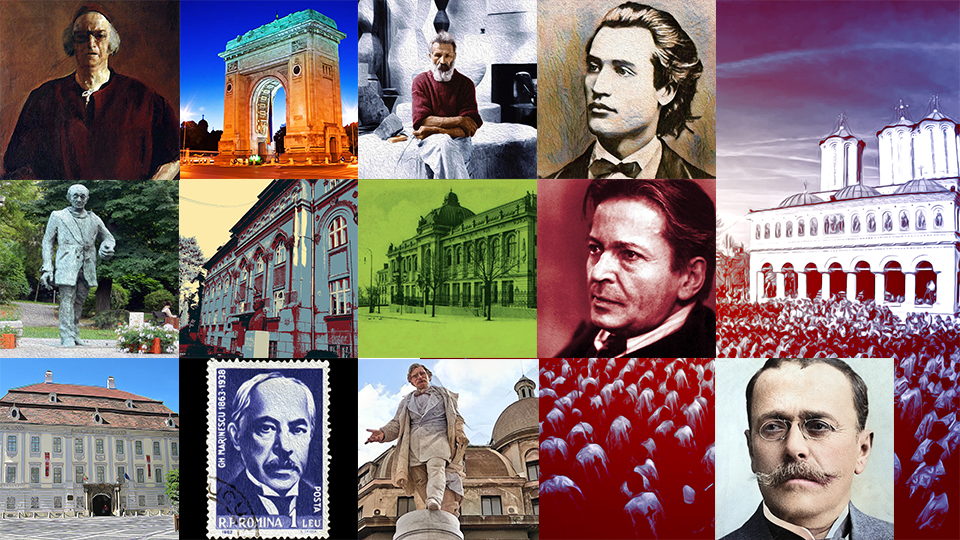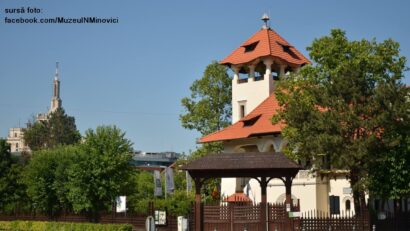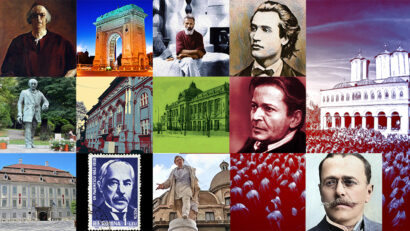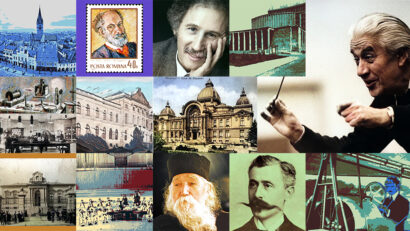Dacia Lăstun
The story of a French-inspired car model.

Steliu Lambru, 02.08.2025, 13:45
The Romanian car industry before 1989 also produced a lesser-known car, the Dacia 500 Lăstun. It was a project developed towards the end of the 1980s, although the first sources of inspiration had appeared in the early 1970s. Dacia Lăstun was part of the category of small cars intended for young families. Apart from its small size, another objective producers aimed at was low fuel consumption.
Actual production began in 1988 in Timișoara. Lăstun was what we can call today a three-door mini hatchback. It had a 500-cubic-centimeter engine, two cylinders, with a four-speed manual gearbox. It ran on a 22-horsepower engine and the consumption was 3.3 liters per 100 km for regular drives. At first, the car had metal sheeting and weighed 620 kilograms. Later, the body was made of plastic and the weight decreased to 590 kilograms. In terms of size, it was 3-meters long, 1.4- meters wide, 1.3-meters high with a 1.9-meters wheelbase.
Prior to 1989, engineer Ion Puiu worked for the government as an expert in the field of automotive industry research. He remembered the circumstances in which the idea of a small, fuel-efficient car emerged, following a visit by Romanian political leader Nicolae Ceaușescu to France. The Romanian automotive industry was inspired by its French counterpart and renewed the tradition of a French-Romanian collaboration and an old friendship between Romania and France.
“Since these things didn’t appear in the press, the Lăstun appeared as a result of dissatisfaction with the fact that from the point of view of fuel consumption, neither the Dacia 1100, Dacia 1300, nor the Oltcit fared well. Their consumption was too high. On the other hand, there is always a gap in the collective memory, in the sense that it takes time before new information sinks in. This idea was the excessively high, unacceptably high average consumption. There was a time, let’s say around 1973, when there was the first global shock of the oil crisis, the Renault 5 model hit the market, an extraordinary car, which made quite the visual impression. Among other things, let’s say, the French specialize in small cars. And then, when Nicolae Ceaușescu went to France, he knew this dissatisfaction with consumption, he asked Valéry Giscard d’Estaing how they, the French, solved this problem. And Valéry Giscard d’Estaing took him, I think to Nantes, to a kind of industrial high school, let’s call it, very top level, which in France, logically, turns into a kind of college and produces technicians with superior training. And here he showed him the concept of the voiturette. The French have voiturettes even today without a license, with a 250 cubic centimeter engine, a kind of motorcycle, with or without a roof. And he told Ceaușescu ‘it’s something we’re doing as well’. This stuck with Ceaușescu and upon his return to Romania, this idea of manufacturing a very small car gain traction”.
But the transition to actual production was problematic. The political regime and its ideological functioning were responsible for the major dysfunctions. Engineer Alexandru Ioan worked at the Dacia car company and, as part of the Lăstun project, he was temporarily posted to the Timișoara factory.
“When production for the Lăstun started, I was posted to Timișoara, but I was pressured by the Minister telling me to do this job, and that was it. I told him that the French should know what we were doing, but he didn’t, he told me to take care of it. For six months I was posted to the Timișoara factory for technical assistance, that’s what it was called, and I witnessed the start of the project. I can say that the design part and the early days of this project, which took place at the National Institute of Thermal Engines in Bucharest, had no major problems, compared to any other model, produced either here or abroad. However, within the factory there were very big problems and the design was stonewalled, it could not be developed further to eliminate the problems that are inherent. For Renault 12, up to 100 modifications were made per day, here the same thing. With the Lăstun, however, nothing was done, practically no further modifications were made. There was pressure to start production and the car came out with quality problems. In addition, there were problems with the production capacities of the door panels, which were made of plastic, as well as the hoods, which were also limited. These were all critical elements for the start of a large-scale production. And just as the solution was within reach, the Revolution happened and the whole thing blew over”.
Several thousand units of Dacia Lăstun were however produced. In 1991, the Timișoara factory was closed, and the model itself is a very rare collector’s item. (VP)






























